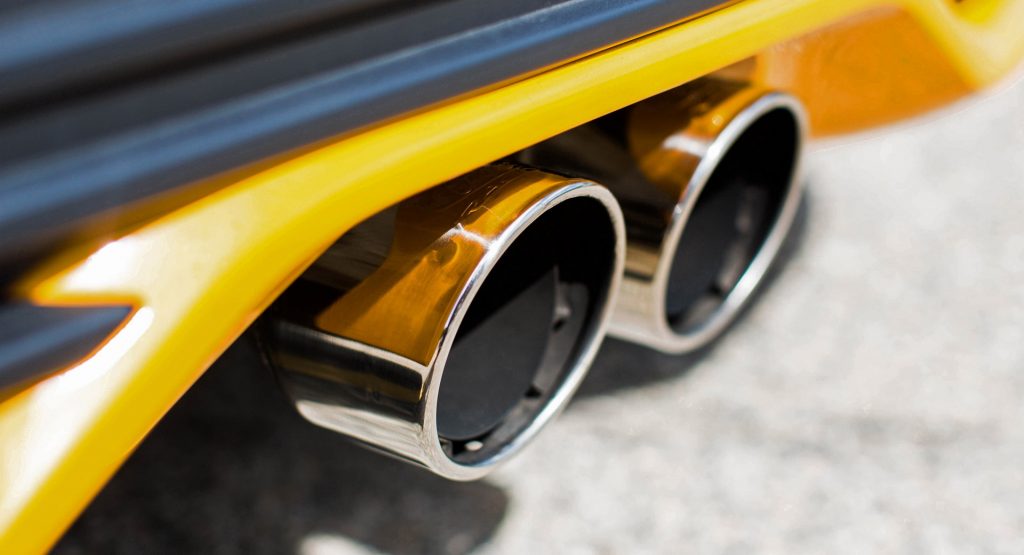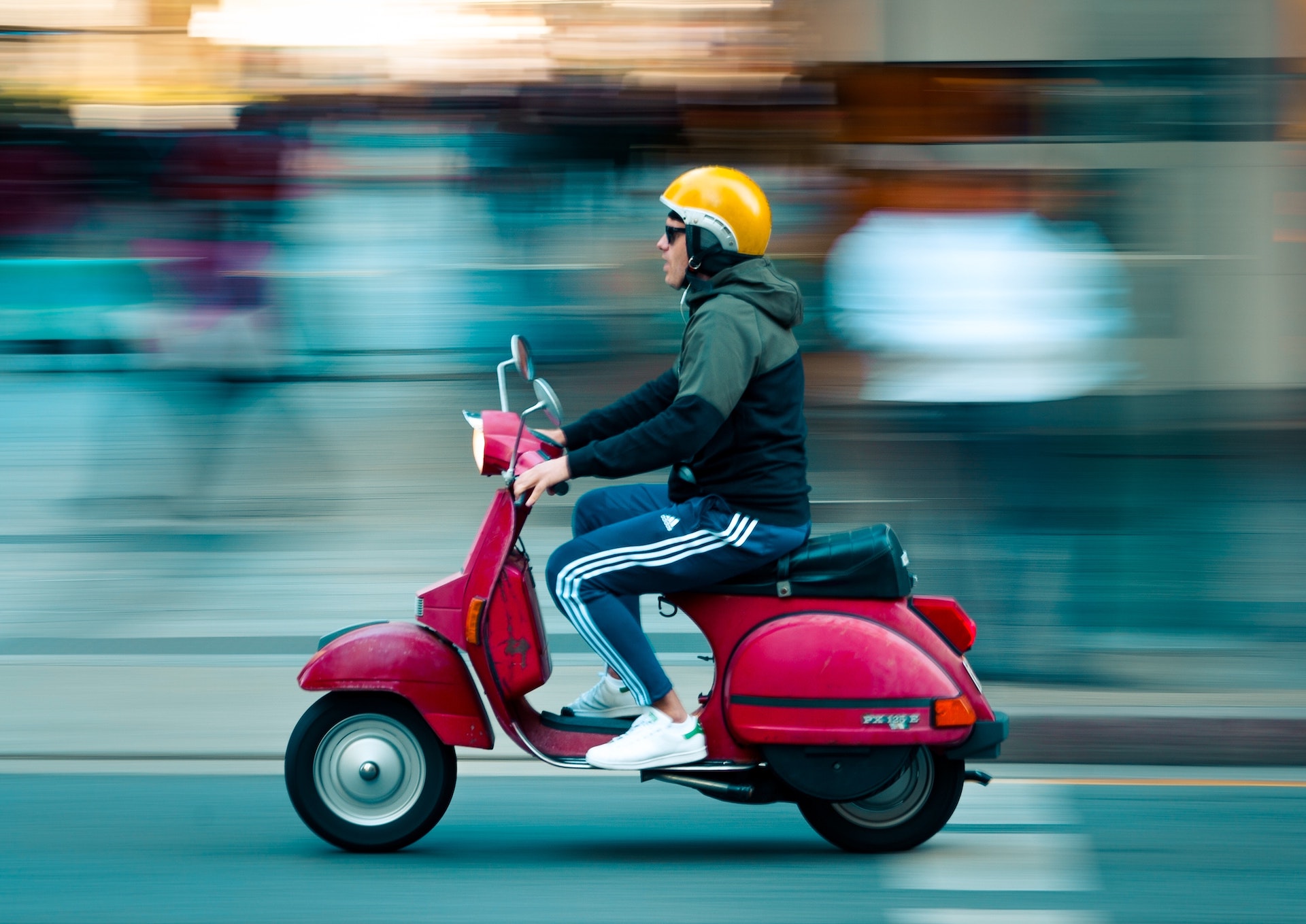The UK is the latest country to use “noise cameras” to clamp down on loud exhausts and antisocial drivers.
Bradford in the north of England starts using the technology today, and three other areas – Birmingham, Bristol, and Great Yarmouth – will be added over the next two months. The four regions will trial the systems for two months, and if the test proves successful, other cities around the UK can expect to get their own noise cameras. The systems are already in use in several cities in France, while New York operates similar devices and California is considering a five-year pilot program.
The tech works by using multiple microphones in problem areas of cities that can detect overly loud aftermarket exhausts and drivers or motorbike riders revving their engines unnecessarily. Offending motorists are recorded by a camera that captures the vehicle, including its registration plate, and issued with a fine.
The UK government has committed to spending £300,000 ($337k) on the devices, which it has already tested extensively on private testing grounds, and launched a competition in April to identify the worst-affected areas in the country.
Related: California To Introduce Sound Sensors To Crack Down Loud Exhausts
“Rowdy road drivers beware,” warned Britain’s transport secretary, Anne-Marie Trevelyan.
“These new cameras will help the police clamp down on those who break the legal noise limits or use illegally modified exhausts to make excessive noise in our communities. We will be working closely with the local authorities and police to share any findings, and I hope this technology paves the way for quieter, peaceful streets across the country.”
Although noise pollution is linked to many health conditions including stress, strokes, and dementia, and is estimated by the UK government to cost £10 billion ($11 bn) in lost productivity, you can bet that a few law-abiding drivers of high-performance cars might be stressing out over the chance of being fined.
But a technical consultant for the trial told The Guardian that considerate drivers had nothing to fear because the cameras were “highly targeted.”





